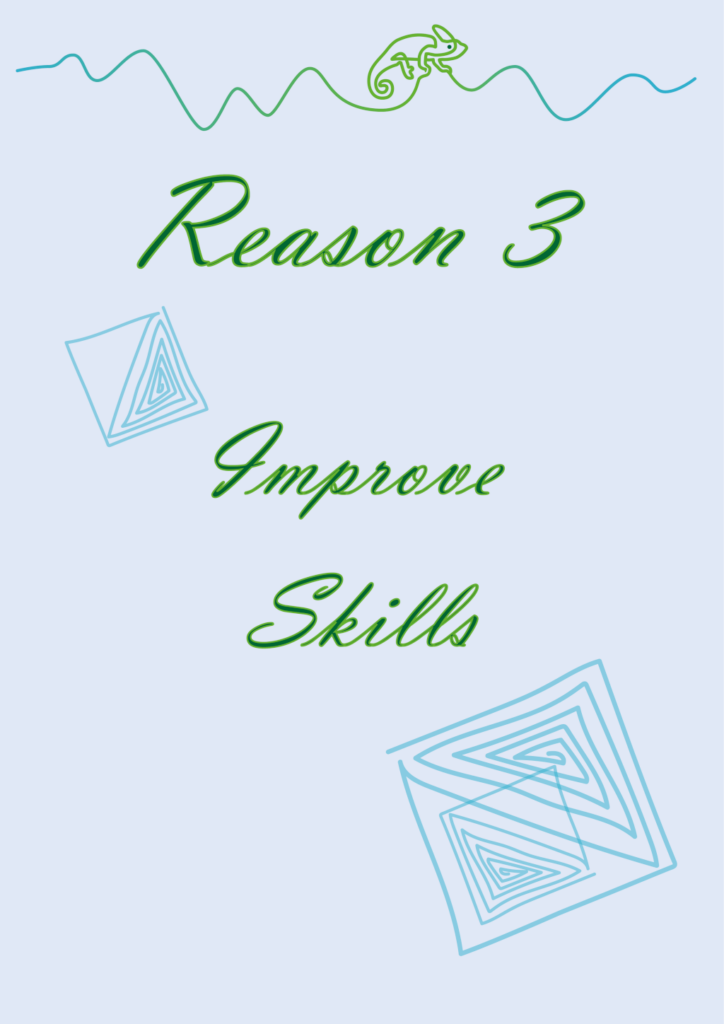I like challenges and as a lace-maker I like lace challenges. You might be wondering what a lace challenge is supposed to be. At least I did when I first heard about it. Do I have to make lace under time pressure? That sounds rather stressful. To me, it doesn’t add up. But I was curious and wanted to know more about it.
Today, I don’t see lace challenges as a stressful undertaking, but an opportunity to challenge myself a bit and be inspired by the work of other lace makers. After all, how much you participate is up to you. Sometimes it’s just better to sit back and enjoy the work of others. But let’s start from the beginning. What are lace challenges?
Lace challenges are tasks that involve dealing with lace in some way or another. Such challenges are usually called by individual creatives who suffer from boredom and too much time. (Ok, maybe the latter is a bit of a lie). In the challenges you are given certain goals as words or images (so-called “prompts”), to which you are supposed to implement your own ideas or works in usually a certain period of time (a day / a week / a month or a year and more). Such goals can be, for example, to associate lace with a certain term, to create a design for it or to lace something. A great example for such a challenge is the lace challenge created by Jane Fullmann, Bobbin & Wire. Since 2020, it takes place every year always in January.
In the lace field, such challenges are not yet as well known as, for example, in the drawing field. Probably the best known challenge in this field is Inktober. Every October thousands of artists take part and create 31 black and white drawings – every day on a different theme. Wouldn’t it be great if there was something like that in the lace environment with thousands of lace-makers across all countries?

For a long time I believed that creativity needs one thing above all: Freedom! But reality has taught me better. I was really creative when I had no means, too little time and a big problem. I have experienced this not only with myself, but also with other people. With a challenge, these boundary conditions are actually simulated. They always come unfavorably, the time frame is always too short, sometimes the material needed is not with hands and often one has no idea what to do with exactly this word or picture now. The ideal boundary conditions to help the creativity on the jumps. A challenge narrows down the scope and in return you get a clear focus.
You don’t believe me? An example?
Design me some lace right now!
So, how are you doing? Entering the creative desert yet? Or did you just present me with a design you have at the ready from the past?
Let’s see how it goes if we add some boundaries:
Combine three triangles in 10 different ways within 10 minutes!
So, how many combinations have you generated already? I bet there are a few.

Who would you rather trust to acquire a new skill? Someone who spends 10 minutes a day doing it for a week or someone who spends 70 minutes doing it once?
I don’t know which you chose. I chose the 10 minute person. If only because I trust her more to stick with it and keep building her skill. In addition, I have made the experience in my life that it is the small daily steps that bring me further in my life and as a lace maker. Well, and with this experience I do not seem to be alone. At least that’s what I conclude from the vast number of articles and books that exist on this subject, such as the Power of Habit by Charles Duhigg or the War of Art by Steven Pressfield. A daily routine seems to be the key to developing as a lacemaker and artist, and what does a challenge do but force you into such a routine. The challenges are usually set over a longer period of time, like a month, and once you’ve done that for a month, why not just continue with tasks of your own?
And while we are on the subject of routine, we are not far from the subject of improvement.

Challenges are a great opportunity to improve your skills because of the routines it offers and the exchange with others. The only important thing to do before you start such a challenge is to clarify what exactly you want to learn or improve. For example, do you want to improve your ability to recognize historical lace, increase your creativity in design, improve your design techniques, or do you want to improve your lace making skills in a specific area? Once you know exactly what you want to improve, you can choose the appropriate way to achieve that improvement.
For example, what if you want to improve your ability to sketch plants and later turn them into lace? Then you can pick a challenge that is either directly about that topic or you can reinterpret a challenge that doesn’t quite fit. For example, you could use a drawing challenge about plants and flowers.
Do you actually know why you want to improve? The what is closely related to the why, of course. Maybe the best thing for you is to experiment and try new things? Or maybe you want to establish yourself as a lace teacher. If you know your why, the what will be derived more or less automatically from it. So, it’s worthwhile to deal with both questions and then use the appropriate challenge.

When you take part in a challenge, you are usually not the only participant – provided, of course, that it is not your own highly secret challenge. Together you face the same tasks and often this creates a sense of community that is strengthened by sharing results or intermediate steps. You get to know other lace makers and lace artists, through the exchange you motivate and inspire each other, get tips and new insights.
These are important aspects, especially in times when we are not able to see and meet each other in person due to external circumstances. Meeting others – even if only online – helps us to stay psychologically healthy and not to lose the joy in our own actions.
If these are not four wonderful reasons to get involved in such a challenge once and take advantage of its benefits? On the other hand – maybe these reasons are not needed. Maybe it’s just about the fun and joy of facing a challenge with others.
